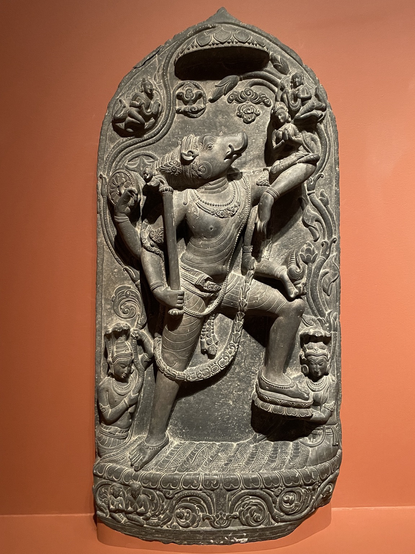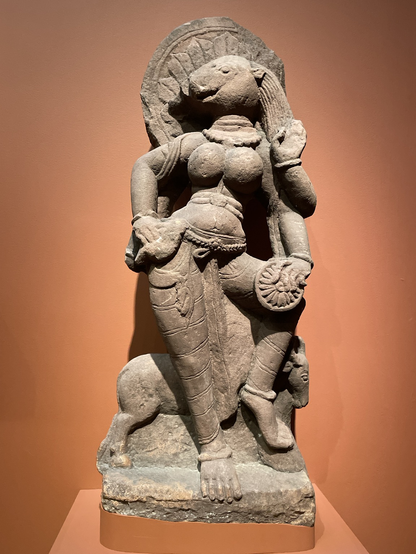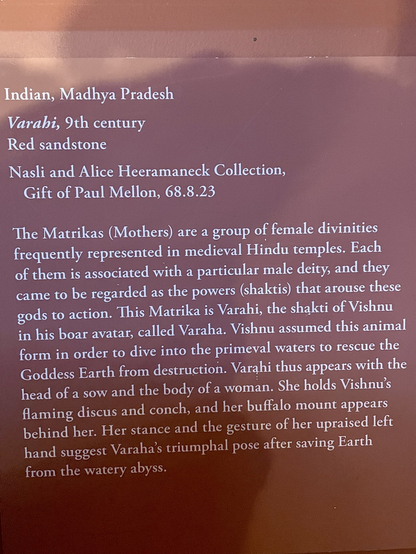Singapore artist Israfil Ridhwan
#artist #art #artworld #IsrafilRidhwan #singaporeartist #artaroundtheworld #asianart #southasianart #southasianartist #elhombre #elhombremasculino #themasculineman #fridakahlo #basquiat #oiloncanvas #oilandacrylicmarker #aceylicmarker #peinture #künstler #kunst #artista #painter #painting #pintor #pittore #maler #Dermännlichemann #männlichemänner

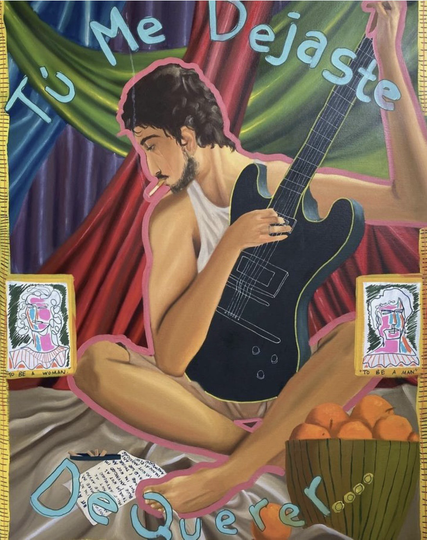
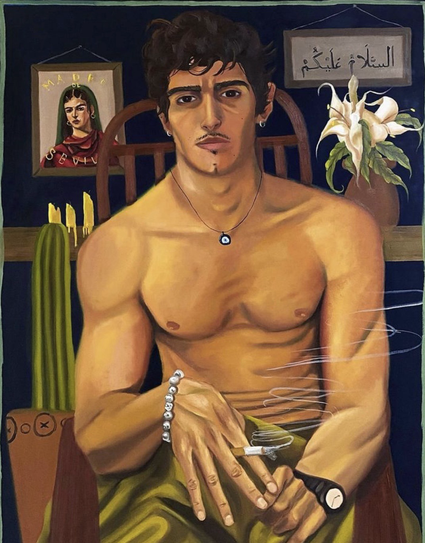
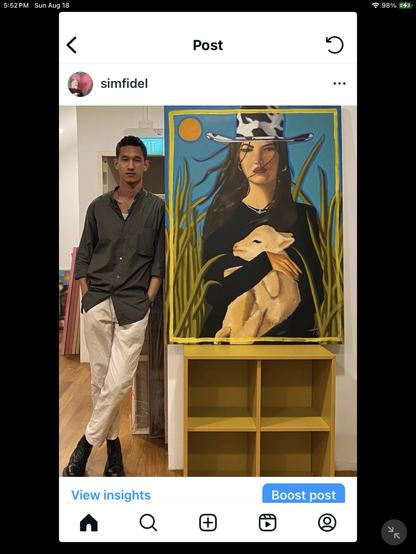
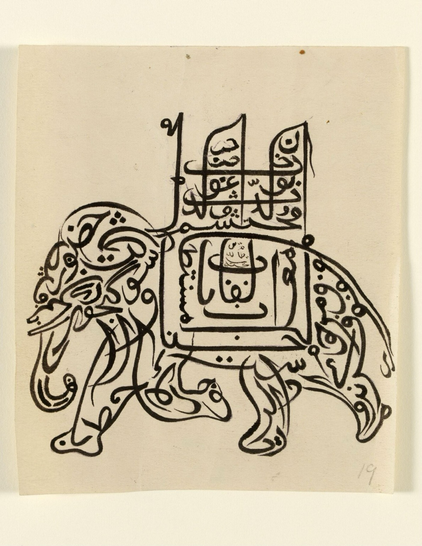
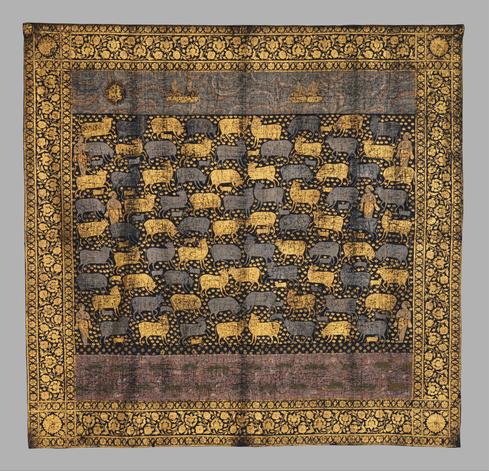
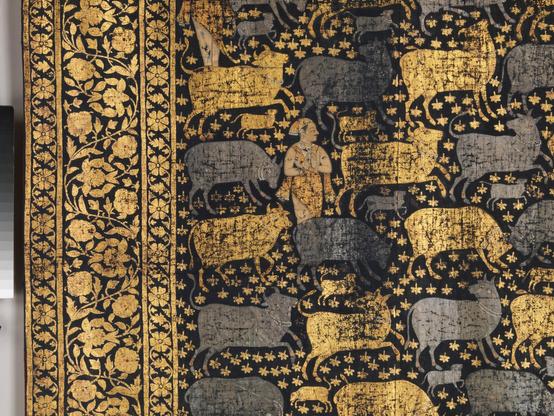
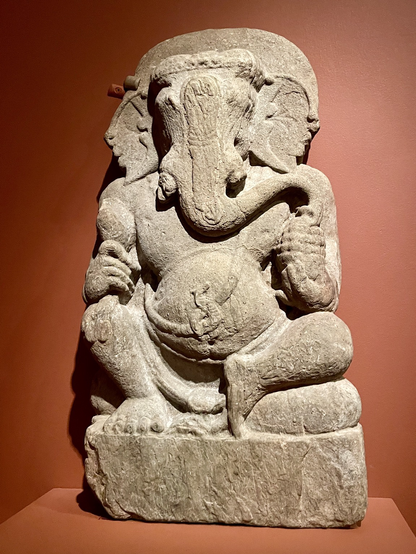
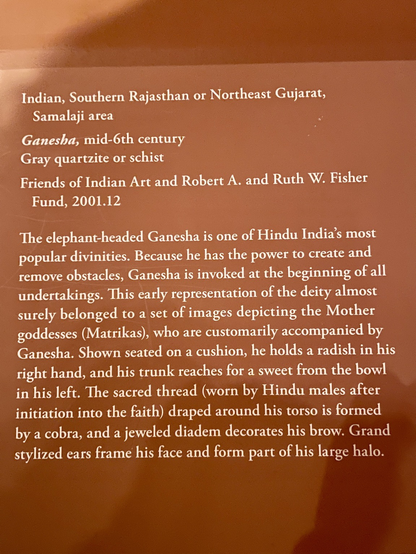
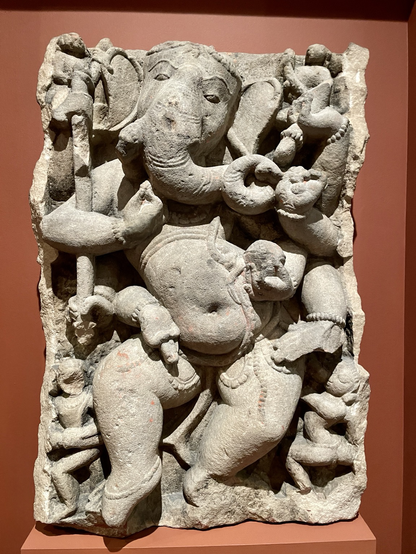
![sign: “In his capacity as the remover of obstacles, the Hindu god Ganesha is invoked at the beginning of all significant undertakings. This elephant-headed deity is the son of Shiva, and like children everywhere he imitates the actions of his father. One of Shiva's most significant roles is King of Dancers, so it is not surprising that Ganesha performs his own playful and rambunctious version of his father's cosmic dance. Ganesha's eight arms, which hold various attributes, and swaying chubby-baby body move to an unheard rhythm. He is flanked by a pair of flying celestial figures above and by a small drummer and dancer at ground level. [photo] A similar sculpture of Dancing Ganesha is installed in a niche on the exterior of this 10ch-century Hindu temple. View from the south of Temple 1, Group 2, Kadwaha, Madhya Pradesh. American Institute of Indian Studies Center for Art and Archaeology, acc. no. 11776”](https://files.mastodon.social/cache/media_attachments/files/111/247/378/668/046/732/small/688f2d61f780f2d2.png)
